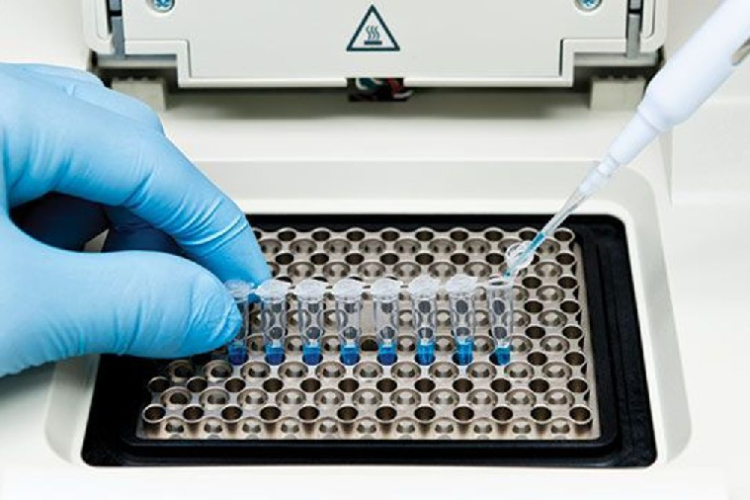No one wants to be left behind when exploring emerging technological trends. Technology is changing everything, and there is a lot to learn every day. There is always the next big thing in the world every day, whether in medicine, education, transport, or communications.
Imagine what robots can do and what the future holds. Laboratory robotics is the in-thing, and it has become easy to automate different tasks. Robots serve or assist laboratory technicians in completing certain tasks.
There are different tools used in laboratories to complete certain medicine, biology, and chemistry tasks. Pipetting is a technique that involves transporting measured liquid. Different types of pipettes widely used in laboratories include:
- Air displacement micropipettes
- Electronic pipettes
- Volumetric pipettes
- Graduated pipettes
- Pasteur pipette
- Robot pipette
Pipette robots have transformed many industries, and it has become easy to undertake liquid handling tasks. Robotic pipetting is a technology where automated machines manipulate the different tasks that laboratory technicians would do. Many institutions fancy this technology and are doing everything possible to automate their pipetting.
Why Automate Pipetting With Right System
Automated pipetting is the in-thing, but you need to have the right components. With the right software and one that is easy to use, you won’t stress undertaking validation of the robots. Robots make pipetting effective and practical. Here are a few reasons why opt for robotic technology:
Minimize Human Errors
Manual pipetting is daunting and accompanied by many challenges. Many technicians make mistakes such as:
- Fail to pre-wet pipette tips
- Get incorrect tip immersion depth in the liquid they are handling
- Incorrect volume settings
- Use low quality pipetting tips that lead to leaks
You may have proper steps to successful manual pipetting, but making errors is inevitable. Liquid handling robots can save the day and eliminate common mistakes. You will no longer compromise results and avoid submitting inaccurate data. Once you automate your pipetting, you let the robots undertake all tasks.
Enjoy Higher Precision and Accuracy
Pipetting ergonomics is essential. You must be comfortable and in the proper posture to use these laboratory tools. These stressors may make it hard to deliver accurate and precise data from your tasks.
Robots eliminate these issues by working for long hours or days and delivering accurate results. They replace cost human interventions that lead to many inaccuracies. Properly automated robotic workstations will produce quality work.
Reduce Hazards
Manual pipetting involves repetitive movements that can expose technicians to dangers. If you spend many hours pipetting, you are likely to suffer injuries and strain disorders. Robotic technology reduces human activities and associated hazards like exposure to harmful chemicals or injuries.
Saves Time
Manual pipetting will consume a lot of your time. When you take a break from the task, you won’t deliver the stipulated assignment in time. Robots will give you higher throughput and save time.
You will automate your workflows or future pipetting projects within a matter of minutes. Use your free up time to undertake great science projects.
Final Thoughts
Pipetting is not a new technique of liquid handling in laboratories. It has been in use for many decades, and there are challenges involved, but robotic technology offers practical solutions. Today, you can automate your pipetting with robots, save time, reduce hazards, increase production, and reduce human errors. To get the most out of your pipetting projects, choose user-friendly and the best automated systems.

